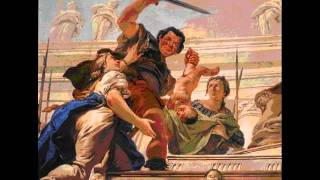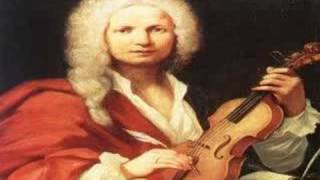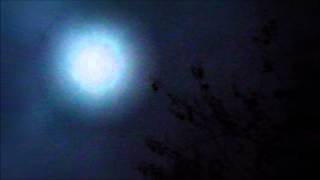Sunday, 11 January, 2026г.
















Где искать: по сайтам Запорожской области, статьи, видео ролики
пример: покупка автомобиля в Запорожье
Concerto Del Vivaldi Il Sospetto / RV 199 in C minor (Autograph score)
For solo violin, strings and basso continuo
I. Allegro (0:00)
II. Andante (3:56)
III. Allegro (6:08)
Composed: c.1720
Turin source: Giordano 34
‘Il Sospetto’ (or perhaps ‘Il Sospecto’ in the manuscript) is Italian for Suspicion, and is the title of one of Vivaldi’s ‘mood’ concertos (along with Pleasure, Restlessness, Rest, and Retreat). As with the more progressive aspects of The Four Seasons, the music is largely impressionistic and not merely descriptive or imitative. The first movement is especially interesting in this regard.
The first violins begin with a serpentine motif (a symbol of deceitfulness) that is repeated throughout, followed by a series of descending scales suggesting fatality and inescapability. That’s all there is to the theme; no new material is introduced afterwards, and there is no reprise of the theme in the major mode. The most eminently descriptive element, however, is found in the second violins: a low note, followed by a high note, sometimes consonant, sometimes dissonant, that is nagging and obsessive.
The slow movement is a reflective piece with a brooding quality and also a tender side. It probably began its life as an opera aria in ‘La Candace’, given in Mantua in 1720. Either that, or it was ‘lifted’ from the concerto to form an aria in this production. Either way, this is consistent with Paul Everett’s paper-dating of the manuscript of ‘Il Sospetto’ to a period very close to 1720.
Fr :
‘Il Sospetto’ (ou peut-être ‘Il Sospecto’ dans le manuscrit), qui signifie en italien ‘Le Soupçon’, est le titre d’un des concertos de Vivaldi dépeignant des états d’âme (avec le Plaisir, l’Agitation, le Repos, la Retraite). Il s’agit d’une musique plus impressionniste que descriptive ou imitative, comme peuvent l’être par moments Les Quatre Saisons dans leurs aspects les plus novateurs.
Comme souvent, le premier mouvement rapide est plus introverti que le second. Le thème exposé par les premiers violons s’ouvre sur un motif serpentin qui hante tout le mouvement, suivi d’une série de gammes descendantes pouvant suggérer la fatalité, l’inéluctabilité. C’est là tout le matériau thématique du mouvement; rien d’autre n’est ajouté par la suite, et il n’y a aucune reprise du thème en majeur. Les épisodes solistes, souvent tortueux, évitent les lignes franches. Mais c’est dans la partie de seconds violons qu’apparaît ce doute lancinant, obsédant, représenté par ce motif inlassablement répété d’une note basse suivi d’une note aiguë, tantôt consonante, tantôt dissonante, parfois à l’unisson.
Le mouvement médian est une pièce mystérieuse et introspective, parfois tendre, tout en demi-teintes. Selon toute vraisemblance, il s’agit d’un air d’opéra (tiré de ‘La Candace’, donné à Mantoue en 1720) que Vivaldi aurait recyclé en mouvement lent de concerto, bien que l’inverse soit aussi possible. Cela confirme la date de 1720 attribuée par Paul Everett au manuscrit du concerto ‘Il Sospetto’, période où Vivaldi se serait affairé à préparer la publication de son Opus 8. ‘Il Sospetto’ et d’autres concertos à titres pourraient d’ailleurs avoir été composés comme œuvres destinées à accompagner Les Quatre Saisons.
Sonatori della Gioiosa Marca, ‘Le humane passioni’
Giuliano Carmignola, violino solo
Divox CDX 79406
Images provided by www.internetculturale.it - non-commercial use only.
For best experience, try HD 720p Theater mode or Full screen.
Похожие видео
Мой аккаунт


 У вашего броузера проблема в совместимости с HTML5
У вашего броузера проблема в совместимости с HTML5


